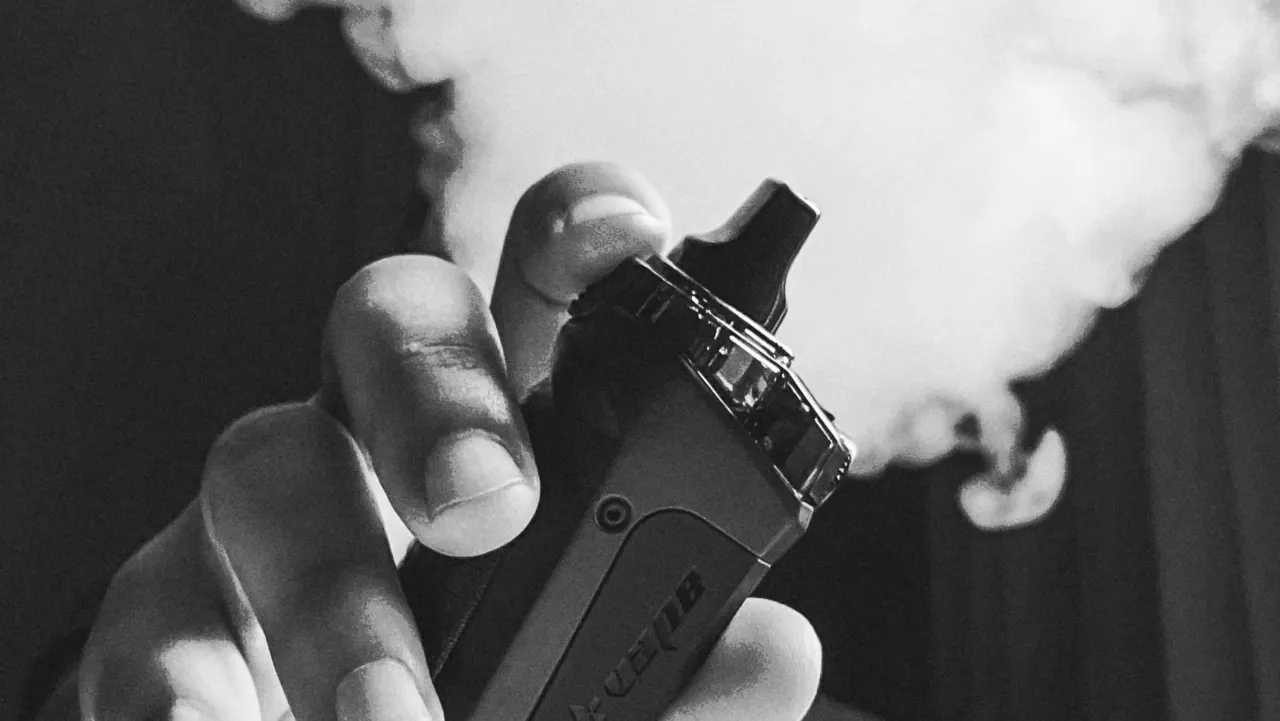87% of branded vape posts on Instagram violate FDA guidelines, research finds
Vapes and e-cigarettes have taken the United States—and the wider world—by storm. More than 1.6 million middle and high school students use e-cigarettes, according to the Food and Drug Administration (FDA). And of those who vape, more than a quarter use products daily. The issue is that vaping is believed to be still harmful to users. And with its outlandish flavors, it’s particularly of interest for young children. That problem is exacerbated, some say, by the manner in which vape companies market their products to underage users. A new study by academics at Boston University alleges that the majority of posts shared by 25 separate vape brands on Instagram are in breach of FDA guidelines, which require that warnings about the health risks of vaping are placed in the upper portion of any posts and are no smaller than 20% of the overall area of any promotional material. “Social media is an open marketplace, and a lot of these brands promote these products, but they don’t inform consumers of the harms of these products,” says Traci Hong, one of the coauthors of the paper and a professor at Boston University. Hong and her colleagues analyzed more than 2,000 posts shared on Instagram from e-cigarette brands using an AI model with image recognition. The model was designed to check if posts included the requisite warning required by regulation, and that it was the legally mandated size. Just 13% of the posts analyzed met both those requirements. The reason for the mass shirking of FDA guidelines may be explained by simple social media incentives: Posts that followed the FDA rules had lower engagement on Instagram than those that didn’t, according to the study. “People are liking it less, or they’re commenting on it less,” she says. “They seem to be thinking whether this is right for them—and that, in essence, is what these health warnings are about.” But for companies looking to sell products, that’s a bad thing—which may explain why so many flout the rules. As for what ought to be done about it, Hong is clear. “I think social media companies should have policies that require promotion of vaping products to notify users that tobacco is harmful,” she says. (Meta, the parent company of Instagram, did not respond to Fast Company’s request for comment by the time of publication.) But Hong doesn’t solely blame social media. Even the design of vapes is engineered to attract young users. “You have essentially a product that looks like a technology, and we don’t often associate technology as being harmful to us, because we embrace technology,” she says. “But we need to let people know that these things that look harmless have real associated risk to it.”

Vapes and e-cigarettes have taken the United States—and the wider world—by storm. More than 1.6 million middle and high school students use e-cigarettes, according to the Food and Drug Administration (FDA). And of those who vape, more than a quarter use products daily.
The issue is that vaping is believed to be still harmful to users. And with its outlandish flavors, it’s particularly of interest for young children. That problem is exacerbated, some say, by the manner in which vape companies market their products to underage users.
A new study by academics at Boston University alleges that the majority of posts shared by 25 separate vape brands on Instagram are in breach of FDA guidelines, which require that warnings about the health risks of vaping are placed in the upper portion of any posts and are no smaller than 20% of the overall area of any promotional material.
“Social media is an open marketplace, and a lot of these brands promote these products, but they don’t inform consumers of the harms of these products,” says Traci Hong, one of the coauthors of the paper and a professor at Boston University.
Hong and her colleagues analyzed more than 2,000 posts shared on Instagram from e-cigarette brands using an AI model with image recognition. The model was designed to check if posts included the requisite warning required by regulation, and that it was the legally mandated size. Just 13% of the posts analyzed met both those requirements.
The reason for the mass shirking of FDA guidelines may be explained by simple social media incentives: Posts that followed the FDA rules had lower engagement on Instagram than those that didn’t, according to the study. “People are liking it less, or they’re commenting on it less,” she says. “They seem to be thinking whether this is right for them—and that, in essence, is what these health warnings are about.” But for companies looking to sell products, that’s a bad thing—which may explain why so many flout the rules.
As for what ought to be done about it, Hong is clear. “I think social media companies should have policies that require promotion of vaping products to notify users that tobacco is harmful,” she says. (Meta, the parent company of Instagram, did not respond to Fast Company’s request for comment by the time of publication.)
But Hong doesn’t solely blame social media. Even the design of vapes is engineered to attract young users. “You have essentially a product that looks like a technology, and we don’t often associate technology as being harmful to us, because we embrace technology,” she says. “But we need to let people know that these things that look harmless have real associated risk to it.”






















